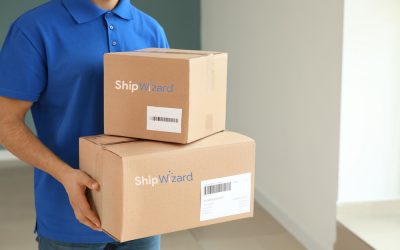Defining key metrics for your eCommerce fulfillment can be challenging.
If you choose too many, you’ll lose focus, too few and you’ll have an incomplete picture. Despite what others may have told you, these metrics are vital for your success and they do matter, so you can’t simply ignore them and hope for the best. This year is the year that your company will be made better due to close attention to the right metrics!
The Secret for Choosing Key Metrics
Key metrics shouldn’t be terrifying or overwhelming, they should, however, be useful.
Many business owners get bogged down in the fine detail, but it’s very simple to choose the most important key metrics out of thousands of potentials. Look to the metrics that are not only informative, but actionable. If your metrics aren’t things you can affect, they’re not doing you any good. This applies whether you’re doing your own fulfillment or partnering with a 3rd party logistics (3PL) company.
Here are a few examples of good key metrics:
- Units Per Hour. Measuring how many units are picked, packed and shipped each hour can tell you a lot about how efficient your processes are. Certainly some products will take longer to handle than others, but over the course of a day or a month you can see a pattern emerge.
Employees who fall outside of the averages should be asked about ways to make their pick, pack and ship move faster. They may already be well aware of their speed and have ideas for improving it. In the same way, your entire pick floor should be constantly on the lookout for ways to improve daily fulfillment processes.
- Revenue Per Employee. Like units per hour, revenue per employee speaks to your efficiency. When employees costs go up, something has to offset them to keep the balance. Maybe it’s a good time to invest in new tools like warehouse robots to increase efficiency and revenue per employee, or perhaps a reshuffling or retraining of labor will be required to make the accounting work out. Sometimes a little investment can go a long way to improving revenue per employee metrics.
- Transportation Cost Per Package. Measuring your package transportation costs can put you in a great place when it comes to offering free shipping or improving package speed. As your volume increases and you’re able to broker better deals with various shippers, your costs could go down, giving you room to give your customers a break or opening up more shipping options. This metric could also point out when it’s time to find a new carrier or renegotiate a better deal.
No matter if you do your own eCommerce fulfillment or you have a 3rd party logistics company doing it for you, tracking key metrics just makes sense. Without them, you lack vital information about your business that could save money or improve how your business functions.









